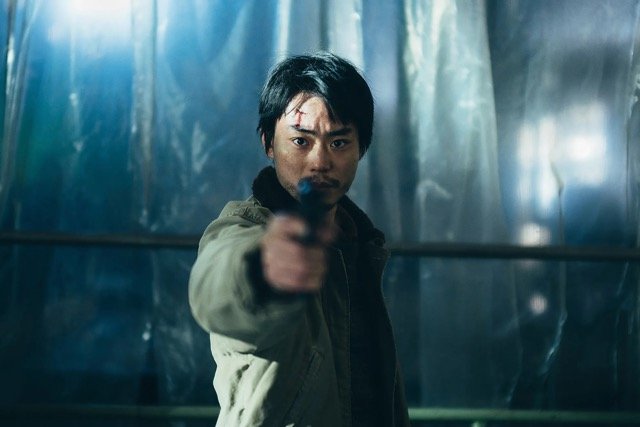Princess Mononoke Shows Nature’s Wounds
Hayao Miyazaki’s 1997 film, Princess Mononoke, presents both a familiar and surprising work from the Japanese director. His typical ideas are clear: a natural world threatened by (and threatening to) humanity’s incursion, the futility of violence, and the necessity of mercy. But there’s a directness to the violence that shocks, coming from the creator of My Neighbor Totoro’s gentle sensibilities.
The brutality rears its purple, tendrilled head within minutes. Ashitaka (voiced by Youji Matsuda) is forced to protect his village when a raging demon attacks it. He dispatches the creature with his bow, but not before he’s lashed on the arm. The wound leaves a purple scar that the elders of the village soon inform him will gradually poison his body until he succumbs to hatred and dies. As a last refuge of hope, and to uncover what drove the monster to their land, the village sends Ashitaka westward to seek healing from the Deer God.
On his journey, he encounters other peasants being attacked by cruel samurai. He doesn’t want to fight, but he’s pursued and has little choice. As he readies his bow, his wounded arm pulses with strength; his arrow severs a man’s arms. His next shot decapitates another. It’s unexpected, for him and for us, and it serves as an omen of the insatiable nature of a violence which grows in hunger and might until none escape.
Eventually, Ashitaka arrives at the village ruled by Eboshi (Yûko Tanaka), and discovers that Eboshi has instructed her peasants to ravage the nearby forest to fuel her ironworks. Her ironworks give her wealth, security, notoriety, and pride, all in the simple form of a gun. Even as the creatures of the forest fight for survival, they are little match for her firepower. Neither are the samurai who wish to take over the ironworks. In fact, on of her iron bullets lodged itself in a boar, poisoning it into the vengeful creature that attacked Ashitaka’s village. Ashitaka is curious, but unimpressed by the ironworks. Instead, he’s more drawn toward Princess Mononoke, a mysterious young woman who lives with the wolves, and who carries a personal vendetta against Eboshi.
Ashitaka finds himself in the middle of a conflict between humanity and nature, between the rapaciousness of industry and the brutal survival instinct of the forest. He seeks a way of reconciliation between these worlds, a restraint on these two instincts. But few are ready to heed his plea.
The conflict is surprisingly similar to Western epics. Having just rewatched Peter Jackson’s The Lord of the Rings trilogy, I was struck by their connection with Ashitaka’s battle. Tolkein was notedly skeptical of the churn of industrialization, and his depiction of Isengard’s drive to produce and the ents who revolt against it provide a close counterpart to Eboshi and the forest spirits. As an American, there’s often something alienating to Miyazaki’s narrative dynamics—they rarely follow what I expect, and I am drawn to the way that surprise forces me to rethink my categories. I am, inevitably, in a strange land when entering a Miyazaki film. They other me in a way that is generative. To be honest, I wish Princess Mononoke was less straightforward in its arc.
Of course, the animation is key to immersing us in this world. The wolves are stately and imposing, the apes are ethereal, mystic. Even more impressive than the rendering of animal and spirit are the vistas characteristic of Miyazaki’s attention to light, movement, and stillness. There is a scope here that is the scope of the land. At times vast and open, at others hemmed in, dense with fern and forest. But I’m most struck by his visualization of evil. The boar at the opening is lost in purple, wormlike tendrils. For whoever comes close, those tendrils latch on to them and draw them in. Princess Mononoke shows how hatred is an external force in a way that is simple but needful. It’s not always visible—Eboshi’s greed could easily be characterized as hatred—but it’s true that hatred can be invasive. It punctures and permeates and controls, even as it drains away life.
With its world overrun by spirits and violence, Princess Mononoke understands the poor Ouroboros we have placed ourselves in. We fight, so we create weapons. We create weapons, so we fight. And as we do, we carve deep and iron wounds into the land. As our gluttony for industry exceeds itself, it’s only a matter of time until nature itself must enter the fray. And then—even if we win, what will we lose? Miyazaki’s film is a stark warning that is nonetheless filled with hope for a better way forward.



